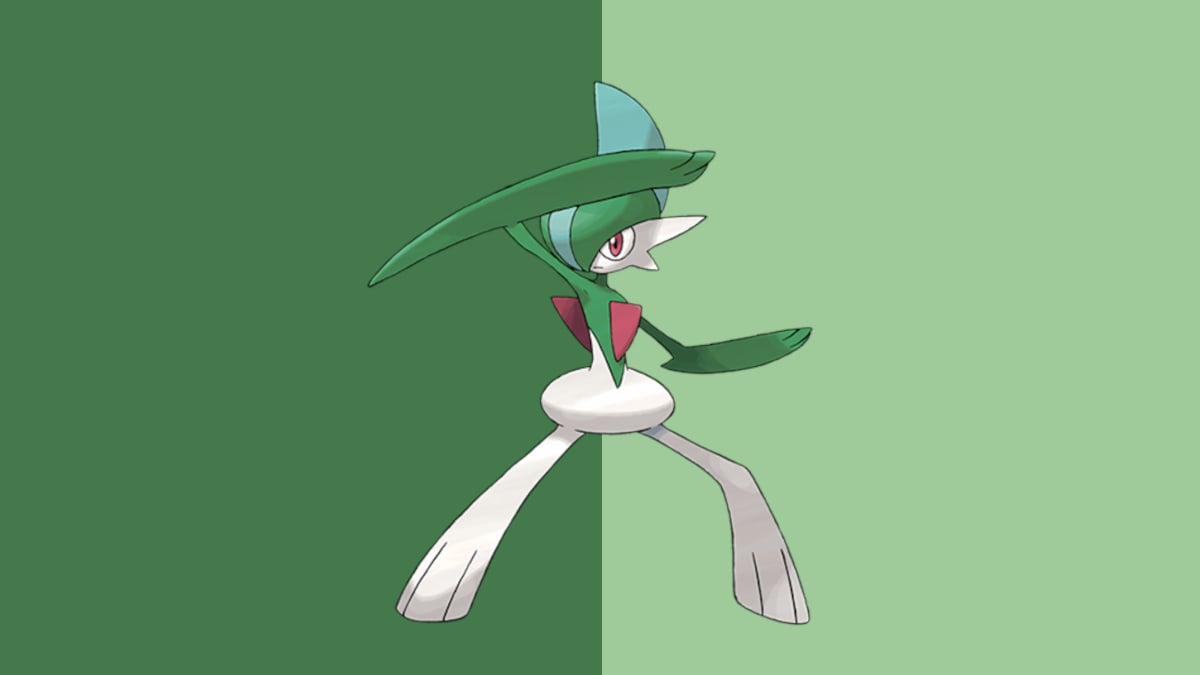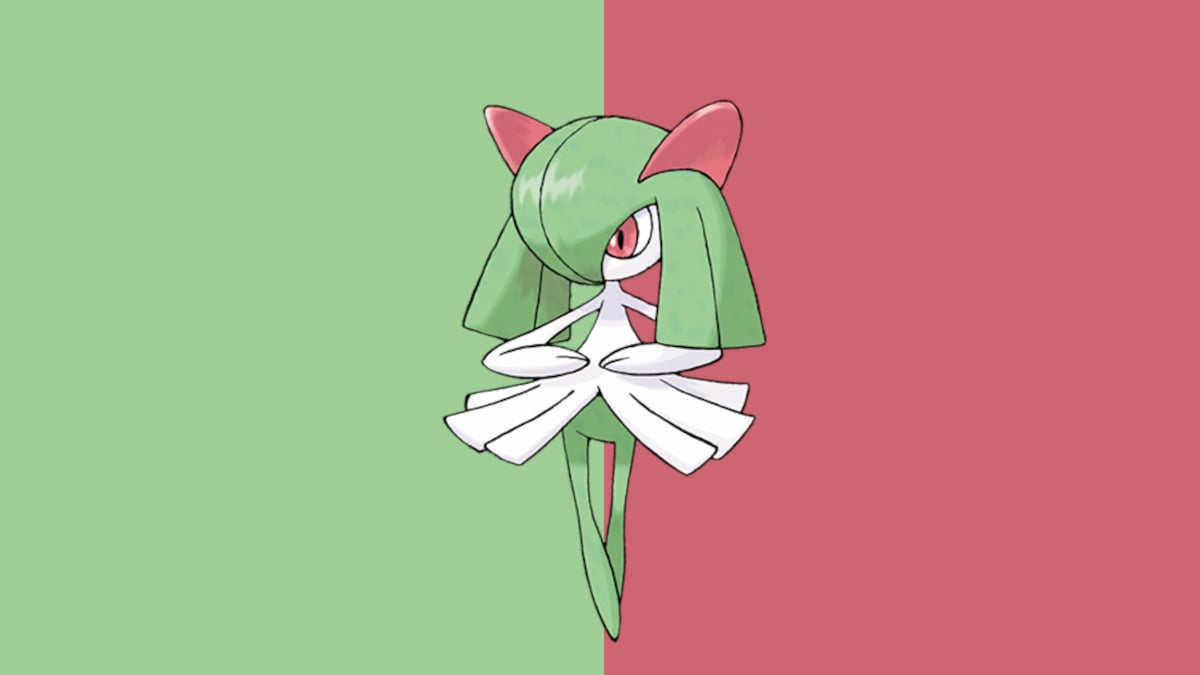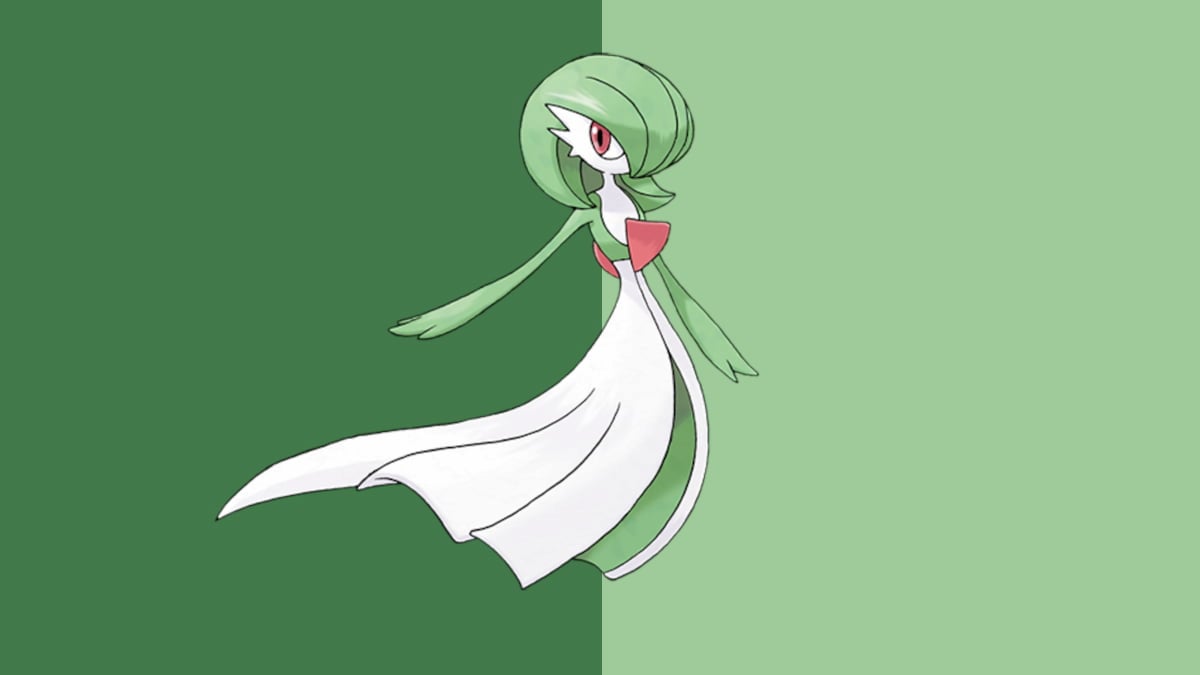Giants Gaming have made a home for themselves in Europe’s basement. Perennially a bottom dweller in the EU LCS, the team has made a habit of barely surviving the promotion tournament to keep their spot.
Then came Summer 2016. During one magical split, they went 8-3-7 in series, good for third place in the league. Of course, their match record was only 19-17, worse than 4th place H2K and 5th place Fnatic. But they also posted solid results against top teams like G2 and H2K.
Over the offseason, the clock struck midnight on Giants’ Cinderella run and the team has turned into a pumpkin. They are currently sporting a 2-7 record in the 2017 Spring Split with a 6-15 record in games. Their only victories are over fellow bottom dwellers ROCCAT and Origen.
This dramatic swing begs the question of what went wrong. Even though League is a complicated team game, Giants’ failings can boil down to two words: standard lanes.
The magic of lane swaps
Europe was not the first region to discover lane swaps. League is a young game, and the established meta of solo top and middle lanes, a jungler, and a duo in the bot lane wasn’t established until five years ago. As detailed in Riot’s history of lane swaps, as soon as that meta seemed to settle in 2012, lane swaps started appearing.
But over the last several seasons, European teams have been at the forefront of lane-swap strategy. Lane swaps became the default strategy in the region, and standard lanes became an abnormality that tended to happen when one team guessed wrong in terms of which side the other would be swapping to.
Giants’ run last summer came via improved mastery of lane swaps. In particular, swaps unlocked the team’s strategy around rookie of the split: Na “NighT” Gun-woo.

NighT was an unknown quantity coming into the LCS, with limited play on a couple Korean challenger teams. It seemed like a big risk for Giants to bring him in—not only did he take an import slot, but mid lane often serves as the pivot point for the rest of the map. Having a non-native English speaker at that position can destroy a team’s synergy.
The team stumbled out of the gate, but as the split went on, they started to find an identity. Their draft and lane swap strategy revolved around getting top laner Lennart “Smittyj” Warkus ahead on a split-push champion—he played a lot of Trundle, Jax, and Fiora. ADC Son “S0NSTAR” Seung-ik favored utility champions like Sivir and Jhin who didn’t need to dominate lane in order to impact a game.
And in the middle, they let NighT do his thing: bully lanes. One byproduct of the lane swap strategy is control of the opposing jungler. NighT used that information to trade aggressively with his opponents. His First Blood rate of 36 percent was by far the highest among mid laners in the region. The difference between NighT and the second-place mid laner was equivalent to the difference between second and seventh.
When Giants succeeded with their strategy, they could produce two advantaged lanes and an open map. That opened things up for jungler Nubar “Maxlore” Sarafian and support Morgan “Hustlin” Granberg to control vision and set up plays.
In perhaps their best win of the split, Giants completely took it to league-landing G2 Esports in the first game of their week six meeting. NighT completely dominated Luka “Perkz” Perkovic, capitalizing on Perkz’s habits of poor positioning and awareness. Maxlore and Hustlin roamed as a team to set up plays and Giants were able to pick of G2 members again and again. It was the type of performance that could have served as a catalyst for greater things to come.
Riot drops the hammer on lane swaps
Then, in a move that caught many by surprise, Riot nerfed the hell out of lane swaps. Deciding that lane swaps in the professional game had diverged too much from solo queue, Riot made a number of changes to turrets. The most notable? The bottom lane turret became easier to destroy, making top-for-bottom swaps no longer tenable, since the team with numbers in the top lane would be disadvantaged.
Giants’ issues were exposed after the change was made, notably in their playoff loss to Unicorns of Love. Despite Maxlore’s best efforts to get him ahead, SmittyJ was absolutely bodied by UOL top laner Kiss “Vizicsacsi” Tamás. Meanwhile, on the bottom side of the map, Giants tried to pick winning lane matchups for S0NSTAR and Hustlin, but they fell behind anyway.
NighT was still able to produce good plays, especially in game three, which Giants won. But he wasn’t able to consistently extend influence to other lanes or help Maxlore control vision in the jungle. Without the advantage of early lanes, Giants’ split push strategy fell apart against Unicorns’ team fight-oriented comps.
It was clear that, in standard lanes, Giants strategy had become too easy to read. UOL were able to create more power plays and advantaged situations with stronger shot calls. Something needed to change for the team in 2017.
The slipper no longer fits
Giants tried to shore up the team with numerous changes in the offseason. Resolving to build around NighT, they signed new players at top lane, jungle, and ADC. The new team wasn’t expected to accomplish much. If anything, 2017 would be a litmus test for how hard NighT could carry.
The answer: not hard enough. New jungler Jonas “Memento” Elmarghichi—formerly of Team ROCCAT—has shown the ability he flashed on bad teams in the past. He’s made good decisions and played well on high-damage meta junglers. Most of his numbers—including kills, kill participation, First Blood rate, and damage—rank in the top three among all EU junglers.

It’s the other lanes that are the problem. SmittyJ was easy to read, but could always just split push all game. New top laner Olof “Flaxxish” Medin hasn’t even provided that, despite picking a bunch of split-push champions. And new ADC Martin “HeaQ” Kordmaa has been a major weakness. Despite the team’s focus to pick pushing bot lanes, HeaQ and Hustlin are continuously bullied out by superior opponents.
That doesn’t mean Giants can’t lane at all, and earlier in the split they had some good results in early games against top competitors. But Memento and NighT still haven’t developed great synergy and NighT still struggles to spread his influence around, especially in the early and mid game. And his lane numbers have fallen off as well, making him a much less effective player. The team still makes good cross-map plays while ahead, but when the laning phase drags on, they are often at the mercy of their opponents. When behind, games can seem lost long before they’re finished.
Giants look like the classic Cinderella team that is getting a dose of reality. With the magic gone, even luck is against them. With only a few weeks left, Giants have to win easy matchups against ROCCAT and Fnatic just to stay in the LCS. The team is in a tough spot, but one they’ve become acquainted with over the years.
All photos via Riot Games






Published: Mar 17, 2017 3:19 PM UTC